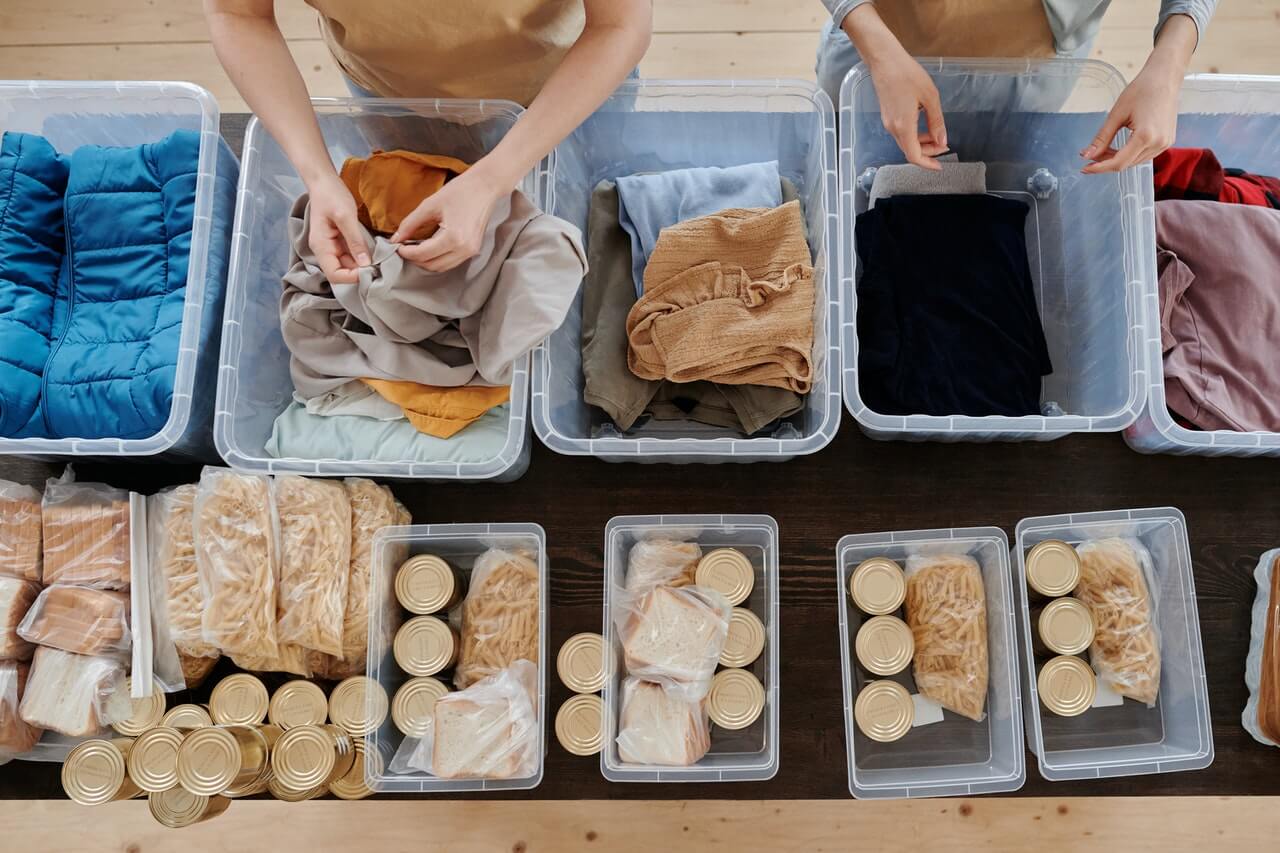Gift Tables/Pyramids are great fundraising tools, but their construction and usage are often very much misunderstood. They are most often associated with capital campaigns, but are also great tools for major gifts fundraising, for “fiscal year fundraising,” and even for major events.
Prior to the beginning of every fiscal year, an organization goes through its budgeting process and comes up with a (realistic, attainable) figure for how much money will be needed for operations/programs, and how much of that will be needed to be raised via charitable giving.
The latter figure must be based on prior experience and analysis of the likely giving of those currently in the organization’s database. If the figure obtained by that analysis is realistic, you should, then, be able to construct a comprehensive Gift Table that reflects that reality.
There is, however, no such thing as a standard gift table. You may find many examples of gift tables in texts and in articles on fundraising, but they are examples, and not to be assumed appropriate for every circumstance/situation.
An idealized Gift Table has as its top gift an amount that is 10-15% of the overall goal, with the bottom gift being no less than 1% of the goal. For a million-dollar goal, therefore, that’s a top gift of $100,000 to $150,000 and a bottom gift of $10,000.
But, what if there’s no one on your list of prospective donors who can give at the 10% (or more) level? Clearly, then, for your gift table to be a useful/useable tool, the top gift has to be less than 10%. In fact, the top gift can only be as high as the highest gift you’re likely to get when you’re working toward your fundraising goal; and, all of your fundraising efforts must be able to obtain the number of gifts specified at each level of the pyramid – and all of the levels on a Gift Table must represent reality.
So, how do you construct a realistic Gift Table?
You, and/or your (fundraising/development/major gifts/events) committee must sit down and take a serious look at all of your potential donors. Then, based on prior giving and on what other information you have about each prospect, you “attach” a dollar figure to each name on your list – said dollar figures to represent what you and the committee believes is a realistic likely gift from each listed person – assuming that each prospect is cultivated/educated/solicited “properly.”
Your Gift Table is constructed from those figures. The top and bottom numbers and the steps you pick for the various levels of your pyramid must be based on the committee’s discussions. You may wind up with a lopsided gift table but it will reflect reality.
One caution, if you can’t construct a Gift Table that will add up to your goal, it is likely that your goal isn’t realistic.
Also, having constructed your initial Gift Pyramid, you will need to update/revise it as additional information about your prospects becomes available. The Gift Table should represent the most up-to-date information/circumstances. What this suggests, then, is that the Gift Pyramid is an internal document – a tool that helps an organization stay focused on its fundraising goals, and appropriately allocate its resources (time, effort, personnel, and finances).
Keeping the budgeting process in mind, you should create separate pyramids for your Major Gifts constituency and one for Special Events.
When constructed and used properly, the pyramid is a great time/effort/money saver.
=-=-=-=-=-=-=-=-=-=-=-=-=-=
Have you heard about
The Fundraising Series of ebooks?
They’re easy to read, to the point, and inexpensive ($1.99-$4.99)
=-=-=-=-=-=-=-=-=-=-=-=-=-=
Have a comment or a question about starting, evaluating
or expanding your fundraising program?
AskHank
=-=-=-=-=-=-=-=-=-=-=-=-=-=
We welcome your questions/problems —
they are likely to engender further discussion.
Look forward to hearing from you.
Comments & Questions
=-=-=-=-=-=-=-=-=-=-=-=-=-=
 Sections of this topic
Sections of this topic
















